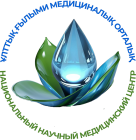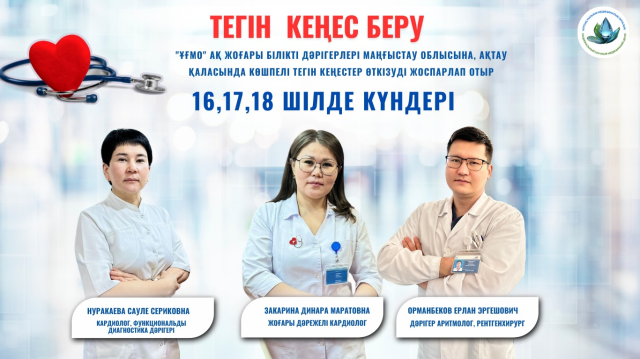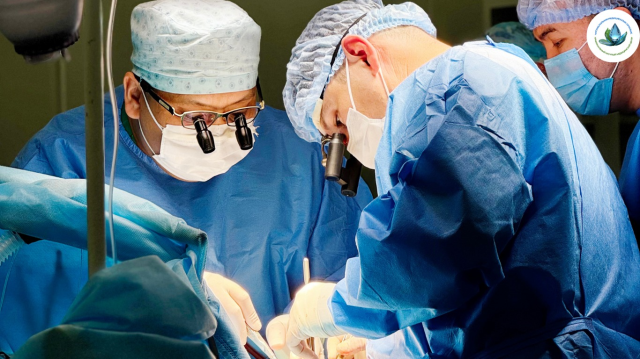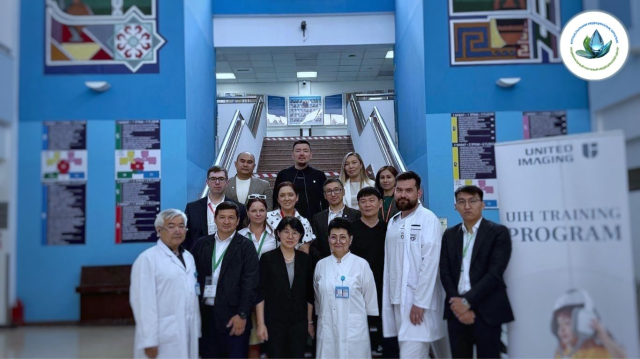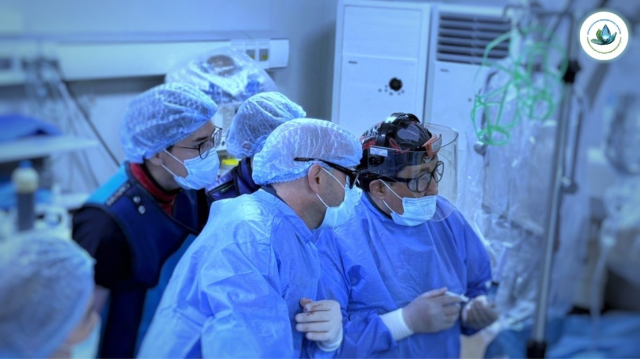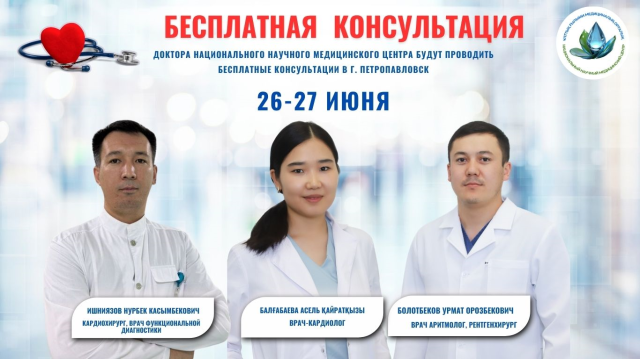Currently, it is impossible to imagine the field of clinical medicine without radiology, computer and magnetic resonance imaging. However, even with the latest equipment, we must not forget about the importance of the ability to think, experience and vocation of a radiologist. In the radiology department, every employee makes every effort to ensure the high quality of the study. Our doctors have been trained in Austria, Japan, South Korea, France and Russia.
The following types of research are carried out in the department:
- Computed tomography (CT) with/without contrast
- Magnetic resonance imaging (MRI) with/without contrast
- Radiography
- Ultrasound examination (ultrasound)
The list of services provided in the Department of radiation diagnostics
You can make an appointment for MRI, CT, X-ray and other examinations by calling 8 (7172) 57-74-40, or by whatsapp +7 (702) 094-77-73
